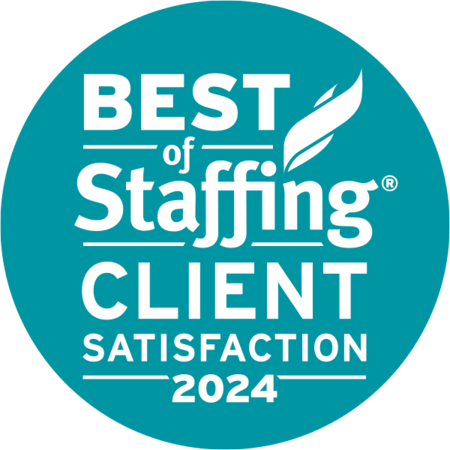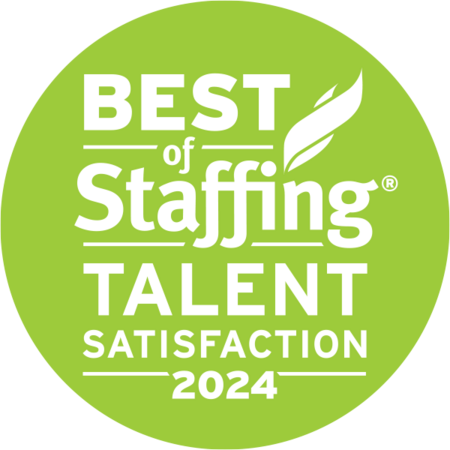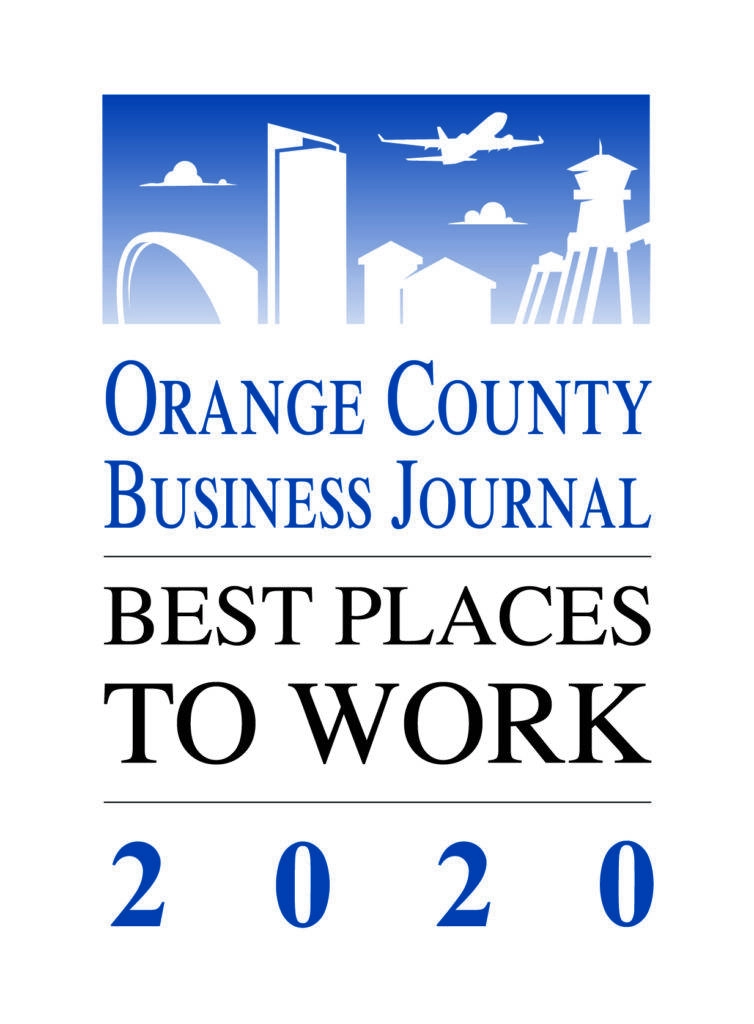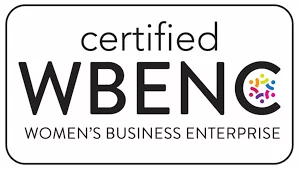The most successful companies invest in their people to improve business outcomes. The ongoing War for Talent makes this even more important. One of your top retention strategies should be a well-defined career path framework for your Accounting and Finance team, with transparent and ongoing conversations about professional development and upward mobility.
Begin with the end in mind: Know your employees’ skillsets and understand where they want to go with their careers.
There are five steps for growing talent in Accounting and Finance:
Step 1: Engage
Nearly 70% of people are not engaged at work, which leads to high turnover and low retention. In a recent Bridge report, engagement is defined as the crossroads of connection, growth and alignment that create a learning and performance culture. Every employee in your organization needs:
Connection: Relationships matter between peers, managers and mentors and should be built upon individual skills, interests and motivation to increase satisfaction and retention.
Alignment: Company values and goals are clear and transparent, and everyone understands how their individual contributions contribute to the larger vision, mission and organizational success.
Growth: Opportunities exist at every level of the company for personal and professional development, from mentoring to formal training, stretch assignments and coaching.
Step 2: Plan
Developing career paths is a multi-faceted process built upon a step-by-step framework:
- Start with updating your org chart
- Define job positions
- Develop a roadmap for skills tracking
- Identify learning needs and interests
- Create training and development programs
- Document progress and growth
- Advance and promote
Map employee strengths and needs to well-structured individual development plans that have defined endpoints and outcomes. A strong retention strategy includes multi-year career planning and paths. In Accounting, for example, a typical career path might look like this: Staff Accountant > Senior Accountant > Accounting Supervisor > Accounting Manager.
Step 3: Identify
With your workforce engaged and a retention strategy and career development framework in place, the next step is to encourage regular career conversations between managers and direct reports. These conversations should begin with identifying areas of interest, strengths and challenges. What do your employees want to learn? Where do they need help? What resources are required? What is the best learning format for each individual: mentoring, online learning and/or coaching? Where can each person make the greatest impact in the organization?
Step 4: Develop
Invest in personal and professional development resources. There are countless online learning programs and platforms, as well as digital collaboration tools. Due diligence in researching and vetting is essential in finding the one(s) that best fits your organizational and individual needs.
Beyond platform selection, ensure employees are set up for success. If using an online system, properly train them before launching the program and schedule achievable timelines for course completion. If pairing employees in mentoring or coaching relationships, have clear goals, benchmarks and timelines that won’t compete with day-to-day work and deliverables.
Step 5: Measure
Your career path program needs key performance indicators that track both individual and program success. Evaluation objectives need to be specific for individual growth plans, which then ladder up to organizational goals. The evaluators of your program need to develop a strong framework for measuring success. Data should be 1) collected for individual plans, 2) organized and analyzed using your success framework, and 3) interpreted to draw conclusions and measure effectiveness in increasing employee growth and satisfaction. Reports should be sent to key stakeholders to evaluate the effectiveness of the entire program.
Step 6: Advance
Always follow through on the final step, promoting or advancing individuals who successfully complete their program. You can maintain high levels of employee engagement and satisfaction — while building positive company culture — by recognizing and rewarding employees who meet their goals. Your actions in creating and celebrating upward mobility will result in greater levels of trust and respect throughout the entire organization.
Establishing and executing strong career paths goes a long way in building credibility among your employees and boosts confidence and skillsets that will ultimately support future growth and success.





